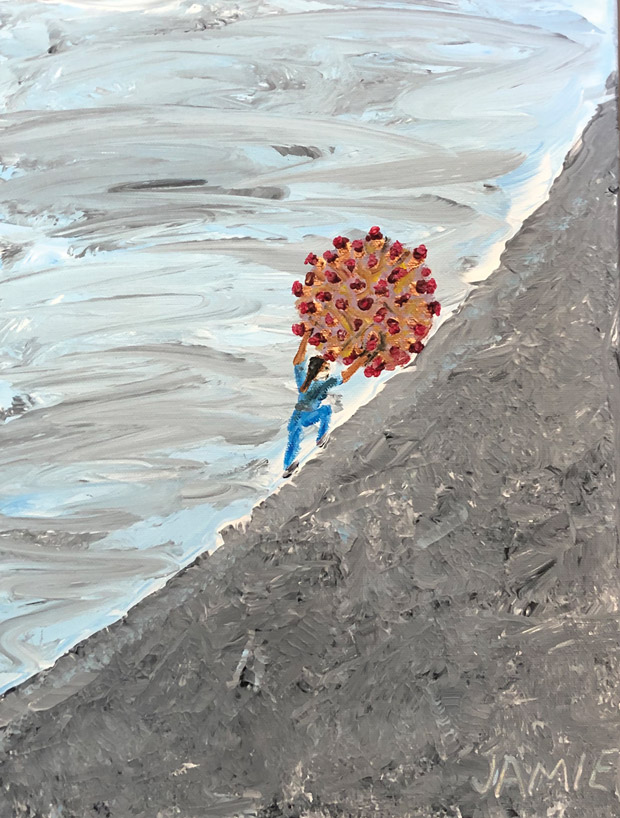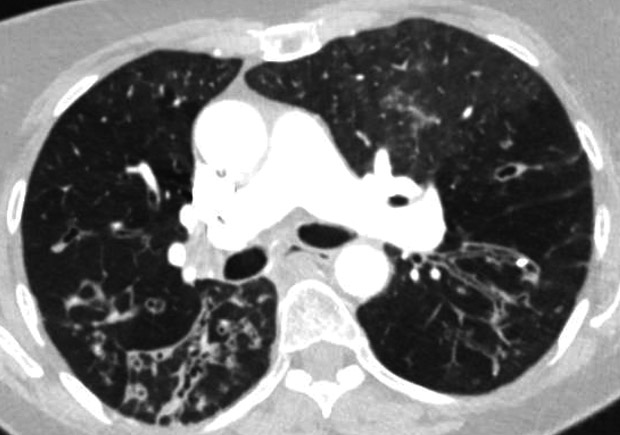Don't put clinician burnout on the back burner
Patient- and non-patient-related administrative tasks can create burnout at any point during a clinician's career.
What is your practice doing to address clinician burnout? Recent studies have found that 50% of clinicians experience burnout over the course of their careers. Why, and what can be done? There are many contributing factors that if not addressed appropriately can lead to consequences like low job satisfaction, insomnia, anxiety, depression, or suicide.
Burnout can happen at any point during a clinician's tenure, especially while working through a pandemic. COVID-19 has stretched our health care system in every way possible. Not only are clinicians emotionally and physically drained from working around the clock to care for their patients, they are also facing financial burdens, with staff layoffs due to the decrease of in-person patient appointments.
So what causes burnout? It's patient- and non-patient-related administrative tasks such as charting, documentation, and billing and insurance, as well as other factors such as work-life balance, inadequate staffing, and the like.
Technology eases every aspect of our lives in ways we never imagined. However, with every new technology comes difficulties. Electronic health records (EHRs), for example, safely share patient data between patients and clinicians to ease documentation, streamline billing, manage prescriptions, and improve efficiency. However, clinicians complain that spending time looking at a screen during a patient visit takes away from face-to-face interaction. Clinicians also have to keep patient records up-to-date in real time, since EHRs allow for 24-hour patient access.
Although there is no single solution to easing electronic documentation, integrating a medical scribe into your practice may help reduce clinician documentation time. Medical scribes are in the room with the clinician and patient and complete all the documentation, prescriptions, and coding as needed, allowing the clinician to have face-to-face interactions instead of looking at a screen during patients' visits.
EHRs are not the only factor contributing to clinician burnout. Clinicians often do not have enough time to spend with each patient and just need to get through their patient appointments each day. Practices often do not have enough staff, causing the higher-paid clinicians to complete more tasks than their job description implies. Do you expect your clinicians to document patient visits, send prescriptions to the pharmacy, and code to submit for billing? Tasks that can be done by staff members cause clinicians to work overtime, which results in burnout.
If staffing cuts are necessary due to the pandemic, they should be handled strategically, ensuring that physicians do not need to manage all of the administrative tasks such as scheduling patient appointments, assisting with telehealth appointments, and handling billing and reimbursement. All clinicians and staff members alike need work-life balance. They need to be able to leave work without the burden of leaving work behind, working when they get home, or coming into the office early to finish work. Maintaining a broader clinical team and adequate staff for these jobs can alleviate this burden.
What can you do at an organizational level to alleviate the feeling of burnout? First, assess the situation and identify what you want to accomplish. Next, create a safe and positive space so your team feels comfortable addressing their concerns and finding common ground. This will encourage everyone to step in to identify problems and work together to solve them, creating a manageable agenda. Ask questions, identify next steps, and follow up. Ask, “Are the problems and solutions we identified working? If not, why, and what can you, and we, do differently?” Keep these important steps in mind even during COVID-19, when it is more crucial than ever to work as a team.
ACP Practice Advisor's MOC- and CME-approved online practice improvement module, “Making the Case to Address Clinician Burnout,” offers additional tips and resources.




